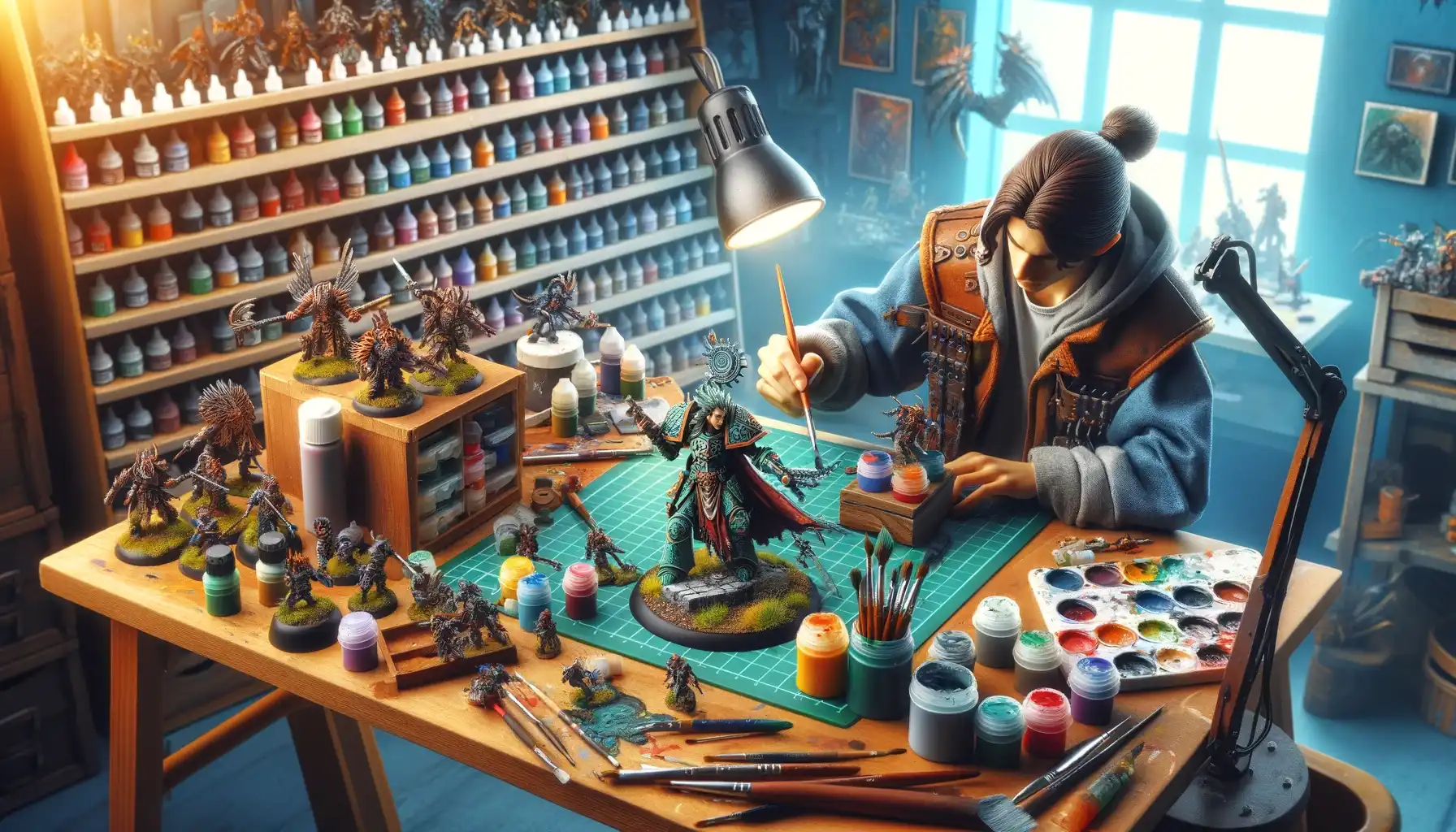Beginning Your Miniature Painting Journey
In the realm of hobbies that intertwine creativity, precision, and patience, miniature painting stands out. The art of painting miniatures, whether for tabletop games, model railroading, or simply for the pleasure of crafting tiny replicas, is a rewarding and engaging pursuit. This guide will introduce you to the basics of miniature painting, outlining the necessary equipment and steps to kick-start your miniature painting journey.
Understanding Miniature Painting
Miniature painting involves adding intricate detail to small scale models, enhancing their realism and appeal. It's a popular aspect of tabletop gaming, where painted miniatures bring the game's characters and creatures to life. This hobby also develops patience, concentration, and artistic skills.
Starting Your Miniature Painting Journey
1. Choose Your Miniature
Beginners might find plastic miniatures easier to work with due to their durability and flexibility. Once you gain more experience, you can explore resin and metal models.
2. Start Simple
Choose a model that's not too complex, to begin with. As you get more comfortable with the painting techniques, you can opt for more intricate models.
3. Practice, Practice, Practice
Like any other skill, miniature painting requires practice. Don't worry if your initial attempts aren't perfect - with time, you'll see improvement.
Essential Equipment for Miniature Painting
1. Paints
There are paints specifically designed for miniature painting. Acrylic paints are most commonly used due to their fast drying time and ease of use.
2. Brushes
Invest in a good set of brushes. A size 0 or 1 round brush for base coating, and a smaller brush for fine details are good to start with.
3. Primer
Priming your miniature is crucial as it helps the paint adhere to the model.
4. Palette
A palette will allow you to mix paints and control their consistency.
5. Magnifying Glass
Due to the small size of the miniatures, a magnifying glass can be helpful for painting details.
6. Good Lighting
Ensure your workspace has good lighting. A desk lamp with a daylight bulb can make a huge difference.
Basic Steps to Painting a Miniature
1. Clean and Prep the Miniature
Before you start painting, clean the miniature with warm soapy water to remove any residue, then let it dry completely.
2. Prime the Miniature
Apply a thin coat of primer. You can use a brush-on primer or a spray primer.
3. Base Coating
Start by applying the base colors. Remember to thin your paints with a bit of water - multiple thin coats are better than one thick coat.
4. Adding Details
Once the base coat is dry, you can start adding details. This might include painting the eyes, adding highlights, or painting small items the character is holding.
5. Sealing the Miniature
Once you're happy with your painting, it's a good idea to seal the miniature with a varnish to protect your work.
Happy painting!
Enjoy your new creative endeavor, and remember: patience is key in miniature painting. Happy painting!


